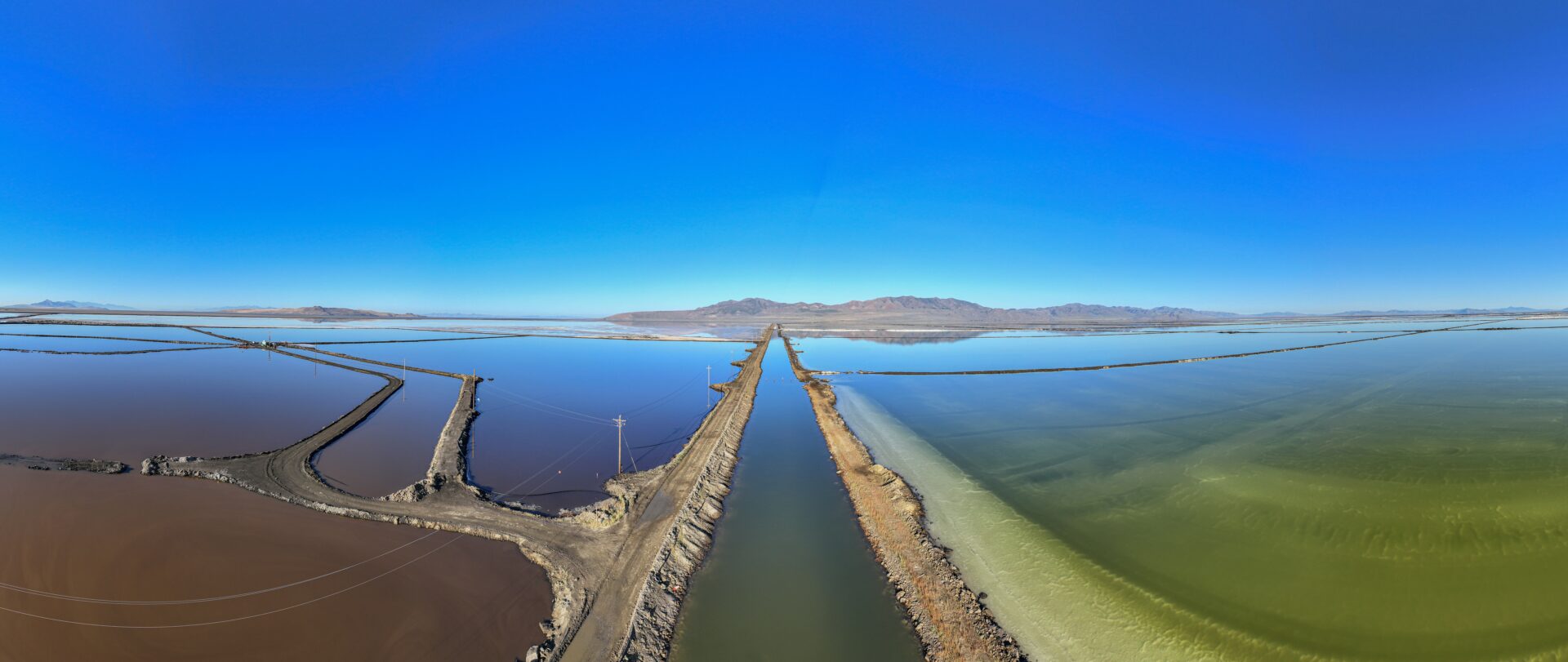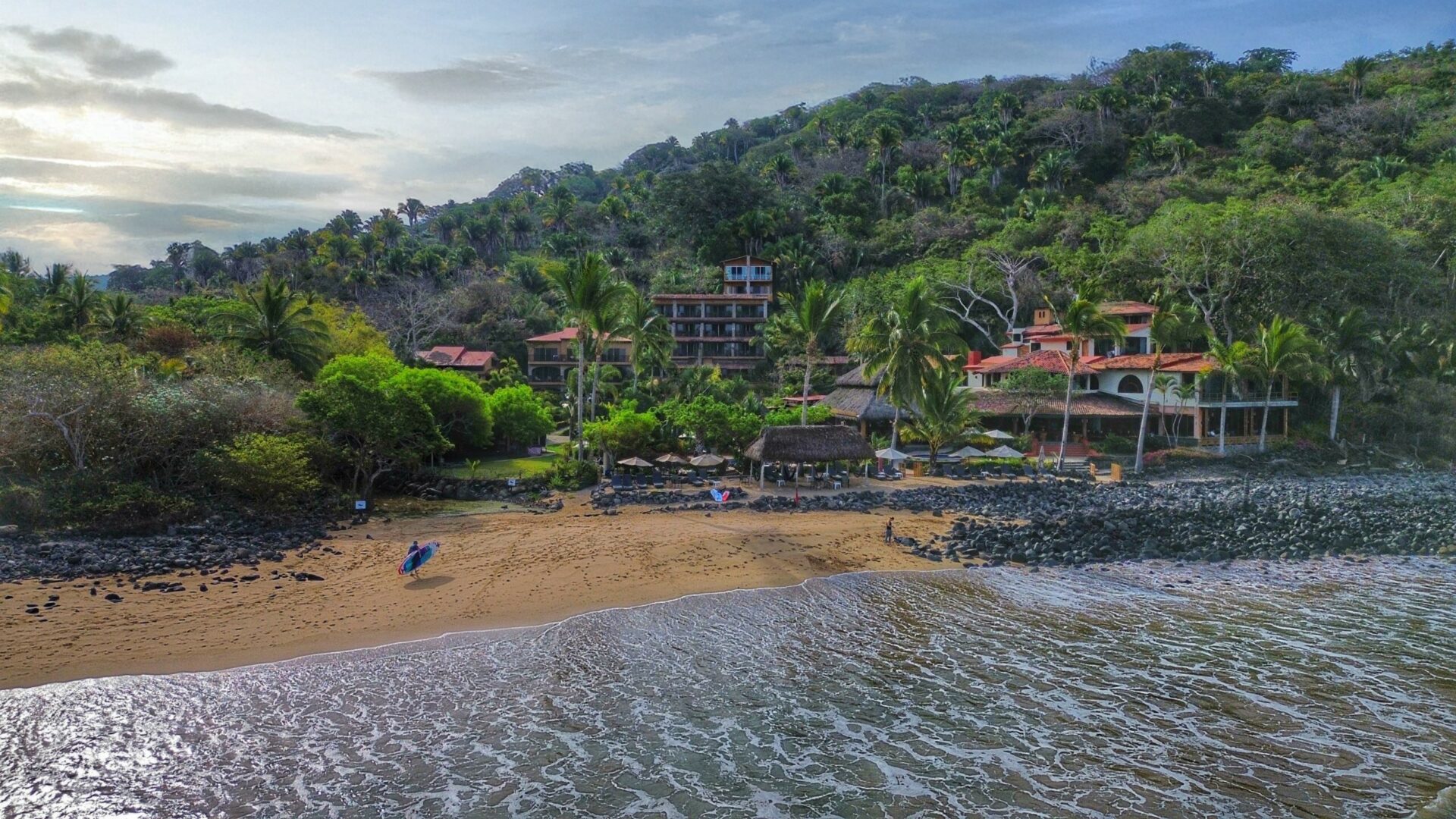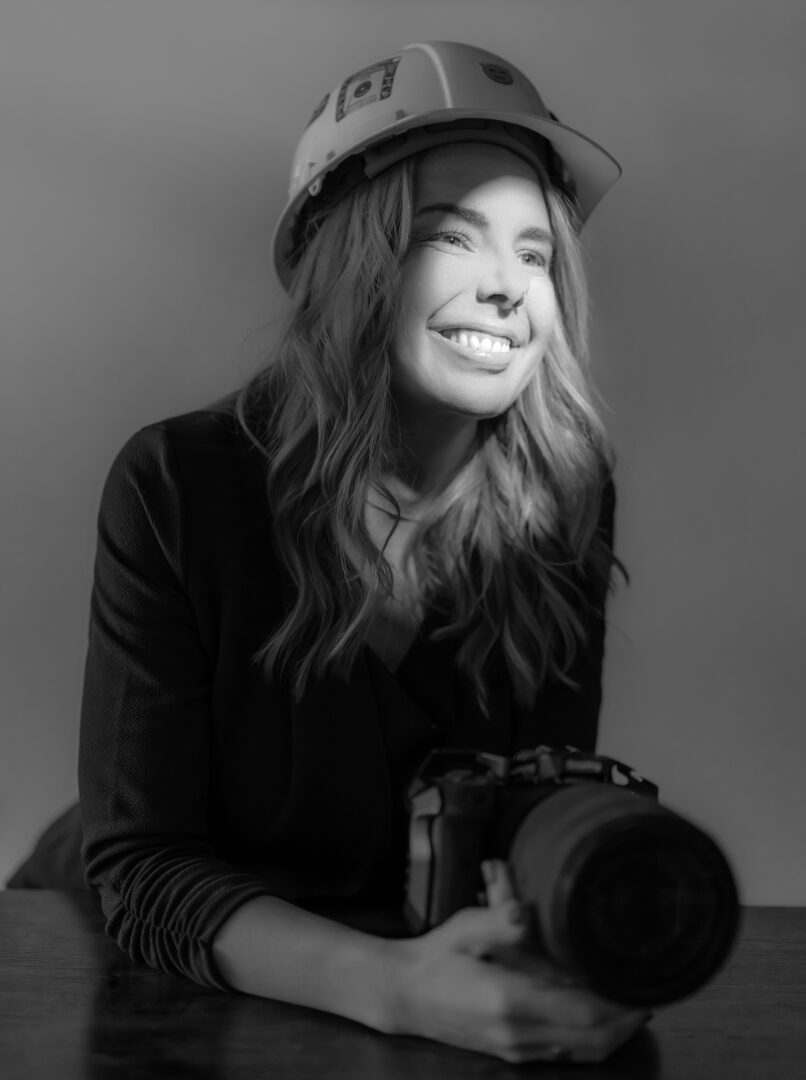We’re excited to introduce you to the always interesting and insightful Natalie Cass. We hope you’ll enjoy our conversation with Natalie below.
Hi Natalie, we’re so appreciative of you taking the time to share your nuggets of wisdom with our community. One of the topics we think is most important for folks looking to level up their lives is building up their self-confidence and self-esteem. Can you share how you developed your confidence?
I was asked to write this at a time when I had to literally rewire my brain, body, nervous system, community, and life—rebuild my self-esteem and confidence from the ground up.
Unfortunately, I experienced a complete rupture of empowerment. I went through disempowerment, disembodiment, nervous system dysregulation—everything I believed to be true, safe, and real was shattered. I didn’t know what was real anymore or how to navigate betrayal, overwhelm, overstimulation, extraordinary stress, the pressure to survive, loss, displacement, abuse, and neglect. It felt like a psychological thriller.
My journey of reclamation became a systems-based approach.
I didn’t get a choice in how I was imprinted. It wasn’t my fault. It wasn’t okay. I didn’t deserve that. I did deserve to be treated with respect and love.
The questions I asked were:
“What’s the difference between self-blame and taking responsibility for recovery?”
“How do I divorce the old stories and convince my nervous system that I’m okay?”
I didn’t initially see how my inner critic, shaped by these experiences, had internalized the trauma and began projecting it back into my world. It became a self-fulfilling loop: “The Loop.”
What I discovered is this—self-esteem is my relationship with my inner critic.
The inner critic is a result of imprinting—old tapes and stories on replay, regularly reinforced by shame that didn’t even originate from me. These beliefs were operating beneath the surface, out of my conscious awareness.
So, I began asking:
• Are the people around me reflecting my radiance—or my shame?
• Are they cheerleaders or gaslighters?
• Do the ideals I was raised with actually support me?
• What does my inner critic say?
• How do I respond?
• How does it make my body feel?
I had to return to the basic building blocks. According to Polyvagal Theory, our nervous system operates in three main states:
• Ventral Vagal – Safety and connection
• Sympathetic – Fight or flight
• Dorsal Vagal – Shutdown or immobilization
I work across 10 time zones and often put in 50–100 hours a week. I experienced regular burnout and chronic health issues. I had to restructure my business—setting strong boundaries around time, energy, clients, and my network. I had to delegate at a higher level to scale. Without rest and recovery, I was running on fumes. The relationships I was in amplified my weaknesses—fear, doubt, shame, guilt, overcompensation, and rescuing. I didn’t realize I was outsourcing my regulation to these relationships, which only magnified my dysregulation.
The game changed when I learned to shift from survival states into Ventral Vagal. That transformation changed everything.
To build self-esteem, I had to partner with the inner critic and learn how to self-regulate. I practiced:
• Heart coherence
• Vagus nerve stimulation
• Yoga
• Bilateral tapping
• Time in nature
I examined the limiting beliefs I inherited from my environment, culture, and past experiences. I gave myself the validation, love, and compassion I had once sought from others. I learned to soothe my inner critic like a scared child—offering reassurance, safety, and acknowledgement. And I took responsibility for my part in my healing journey.
The victim loop is real. It’s torture. It’s exile.
To build confidence is to embody your power—master body language, practice until you reach a flow state, care for yourself, radiate, and own your craft. Then do it again. And again.
When I show up in a Ventral Vagal state, I command the room. I also found my intuition sharpens in this state—I accept my own wisdom and act on it.
I began refocusing my mind on what I wanted. I consumed uplifting media, spent time with wholehearted people, co-regulated with nature, worked on legacy-driven projects, and pursued adventure. I prioritized rest, nutrition, recovery, and health. I learned to trust my body’s “yes” and “no” responses—and to follow my intuition.
Shedding the old self and embodying the new is sometimes an hour-by-hour process—and that’s okay.
I believe shame is part of the human condition. It’s at the root of much mental illness. As humans, we mirror, match, and amplify what we’re surrounded by. Facing shame means telling the inner child: You have inherent value. You are worthy. You didn’t deserve that. You are protected.
Being in Ventral Vagal is where it begins. The recalibration is done with a care support team—with you as the CEO and Chief Care Officer of Self. That means building a safe internal and external environment, choosing safe people and communities.
In Ventral Vagal, you radiate presence. Confidence grows. Insights emerge. Self-worth rises. You recover faster.
Rome wasn’t built in a day. Rewiring the mind requires repetition—just like trauma did.
In my darkest hour, I realigned with my purpose: to empower people and use media as a tool for positive impact. I had to imagine a future worth crossing the fire for.
I use the building blocks that I learned for empowerment and I focus it into my work and my community. Clients come to me when they’re ready to level up—in mindset, market, or life—through media. To support them, I have to continually level up too. Sometimes I only have five minutes with a person—and in that time, I draw out their confidence, beauty, and essence through body language and micro-expressions they didn’t know they had.
Honestly, I have the coolest job. I get to be playful, curious, and the fun lady with a camera.

Let’s take a small detour – maybe you can share a bit about yourself before we dive back into some of the other questions we had for you?
I often say, I make squares and circles look good. My expertise lies in crafting compelling visuals—whether the environment is hot, cold, toxic, sterile, high-profile, or impossible. I’m known for finding artistry in extreme conditions, and I love it. That passion pours into my team, our work, and our community. We’re building a legacy.
Cass Studios, founded in 2008, is now a leader in branding, drone photography/video, and video production. With 20+ years of experience, we’ve expanded into the industrial, manufacturing, and tech sectors.
I’ve also launched niche brands:
• Score Headshots – Corporate headshot services
• The Trolley Studio – Photography studio and event rental space
• The Drone Woman – Aerial media for commercial real estate, oil & gas, energy, hospitality, tourism, and construction
Currently, I’m diving into personal portrait projects and fun drone content. I love learning new gear—and even the software sometimes! 😄
AI has disrupted every industry I work in, so I’m constantly adapting. Coming up: I’ll be traveling to Brazil with a National Geographic photographer as my guide—creating media, hosting a gallery show, and fundraising for nonprofits that support children.

If you had to pick three qualities that are most important to develop, which three would you say matter most?
1. Grit – Deliver results with confidence and resilience. Own your outcomes. Face adversity with a “solve and improve” mindset.
2. Curiosity – Stay eager to learn. Embrace change. Listen with intention. Support your team.
3. Integrity – Keep your word. Ask better questions. Put clients first. Leave things better than you found them.
Bonus: Playfulness. Find joy in the work. Let pride and fun radiate through your craft.

What would you advise – going all in on your strengths or investing on areas where you aren’t as strong to be more well-rounded?
Master your strengths. That’s where confidence grows. According to Malcolm Gladwell, it takes about 10,000 hours of deliberate practice to achieve mastery.
Your strengths can also be your weaknesses—there’s a duality in that.
As for my weaknesses: I see them, feel them, sit with them, learn from them—and delegate when needed. The key is working at the height of your profession. I get paid exponentially more when I’m behind the camera than when I’m handling operations or accounting.
Contact Info:
- Website: https://thedronewoman.com
- Instagram: https://www.instagram.com/thedronewomanutah/
- Facebook: https://www.facebook.com/natalie.cass.photographer
- Linkedin: https://www.linkedin.com/in/cassstudios/
- Twitter: https://x.com/cassstudios
- Youtube: https://www.youtube.com/channel/UCUJhlE2WlIHKCNro9769D-w
- Other: https://cassstudios.com, https://saltlakeheadshot.photos, https://www.thetrolleystudio.com


Image Credits
Portrait of Natalie Cass by Michael Schoenfeld
so if you or someone you know deserves recognition please let us know here.




